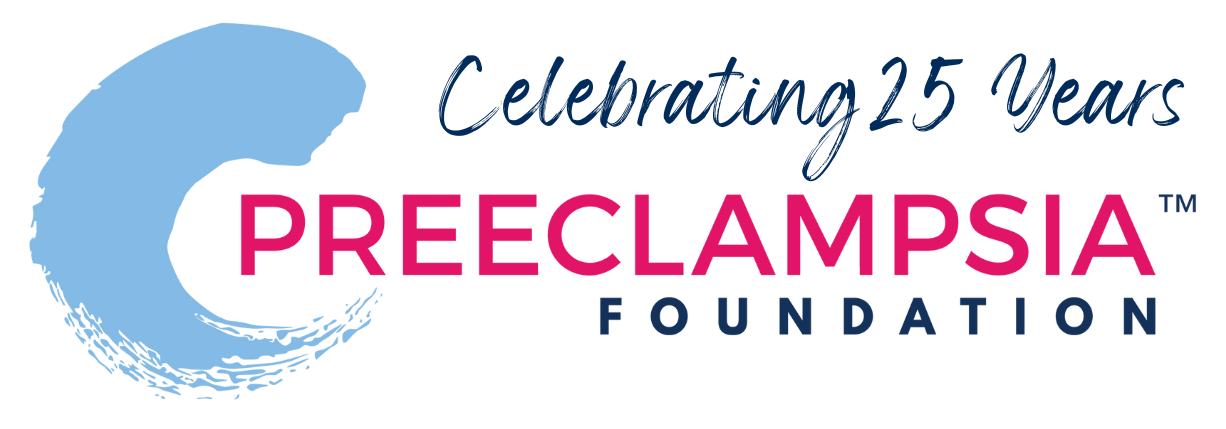
Early Pregnancy Blood Pressure Patterns Identify Risk of Hypertensive Disorders of Pregnancy
Blood pressure at the beginning of pregnancy linked to risk for preeclampsia, especially among Black, Asian, and Hispanic persons
As pregnancy progresses, maternal blood pressure changes. In a pregnancy without high blood pressure, blood pressure is expected to decrease from conception until the middle of pregnancy, then slowly rise again until delivery time.
Researchers in this study asked if patterns of blood pressure change might look different in women who go on to develop preeclampsia. To answer this question, researchers used blood pressure data from 0 to 20 weeks of pregnancy in 174,925 pregnant persons with no preexisting high blood pressure or history of preeclampsia. Analysis showed these patients fell into 1 of 6 different blood pressure groups based on blood pressure at the start of pregnancy (low, moderate or elevated) and how the blood pressure changed in those first 20 weeks (declining, stable, or increasing).
Results showed that compared to the “low and decreasing” blood pressure group, there were increased odds of preeclampsia in the “low and increasing” (3 times as high), “moderate and stable” (5 times as high), and “elevated and stable” (9 times as high) groups. When researchers dived deeper into persons’ race and ethnicity, results showed the highest risk for preeclampsia inside these 6 groups were in those of Black race, Asian race, and of Hispanic origin.
Take home message: Blood pressure patterns in early pregnancy were linked to risk for developing preeclampsia, and these risks were higher for persons of Black race, Asian race, and or Hispanic origin.
Link: https://www.ahajournals.org/doi/10.1161/HYPERTENSIONAHA.121.18568
Citation: Gunderson EP, Greenberg M, Nguyen-Huynh MN, Tierney C, Roberts JM, Go AS, Tao W, Alexeeff SE. Early Pregnancy Blood Pressure Patterns Identify Risk of Hypertensive Disorders of Pregnancy Among Racial and Ethnic Groups. Hypertension. 2022 Mar;79(3):599-613. doi: 10.1161/HYPERTENSIONAHA.121.18568. Epub 2021 Dec 29. PMID: 34963295.
About Research Roundup
Each quarter, our team of researchers reviews the most current studies related to hypertensive disorders of pregnancy and selects those studies they feel will be of greatest interest to our community to summarize.
Special thanks to our volunteer research team, who under the leadership of Dr. Elizabeth Sutton, make Research Roundup possible: Alisse Hauspurg, MD Felicia LeMoine, MD Jenny Sones, PhD, DVM, and Robin Trupp, PhD, RN.
Related Articles

Hypertensive disorders of pregnancy significantly increase your risk of developing long-term heart problems. A careful review of blood pressure elevations during and after pregnancy may assist in iden...

Hypertensive disorders of pregnancy (HDP) can affect different groups of women in different ways, and even though we know this happening, we don't fully understand why. There are many factors, like bi...

There is growing evidence that studies examining pregnancy and its complications need to start early within the pregnancy to fully understand the nature of preeclampsia. Key gestational milestones, wh...

It is known that chronic hypertension and high BMI (body mass index) are risk factors for hypertensive disorders of pregnancy (HDP). Studies documenting this risk have usually assessed blood pre...

Several biomarker tests are under development to predict or diagnose preeclampsia. While none of these tests are yet widely accepted in U.S. clinical practice, two FDA-approved tests are available in...

